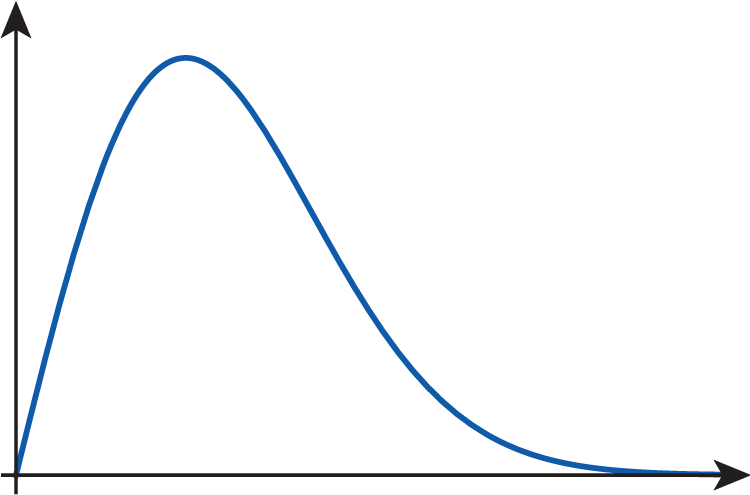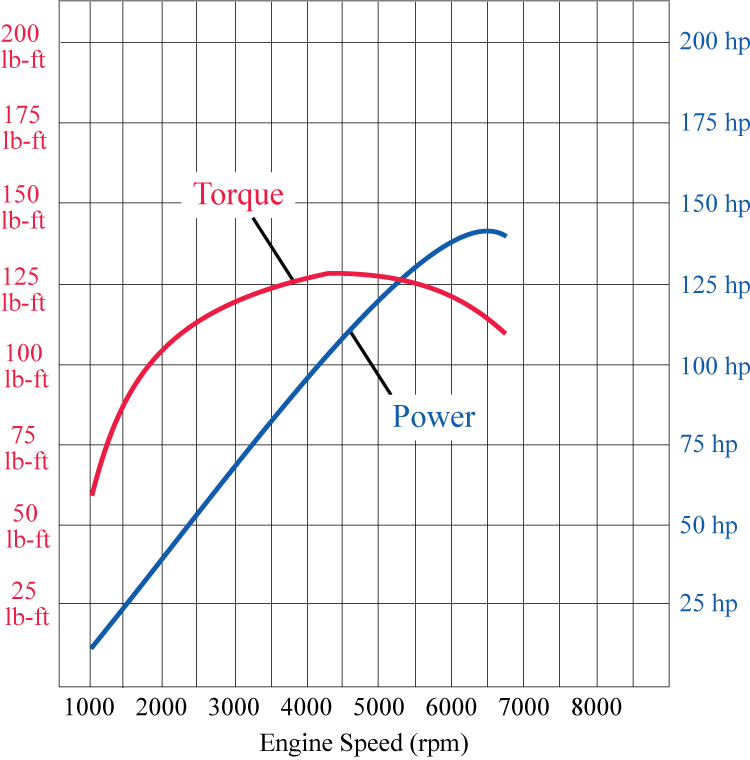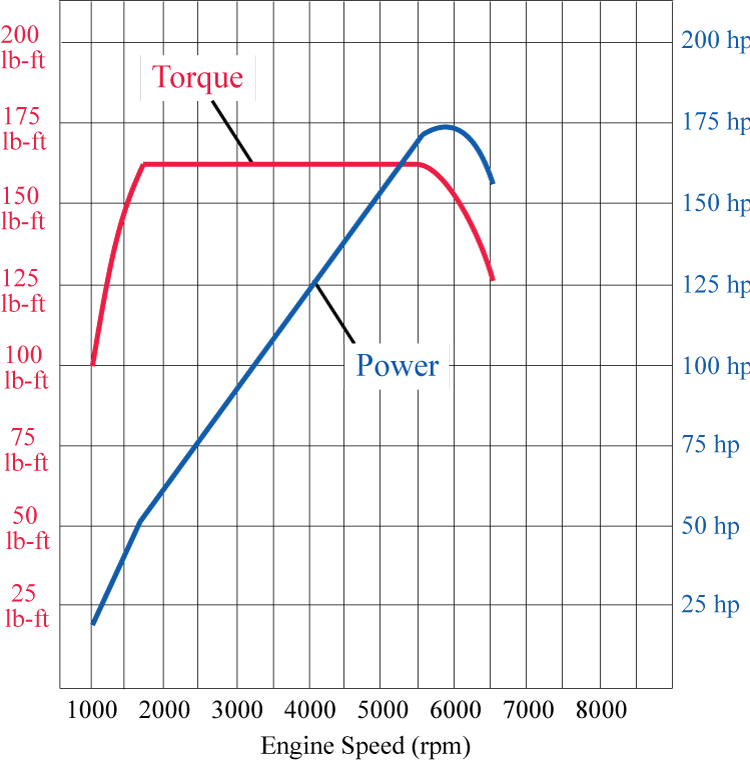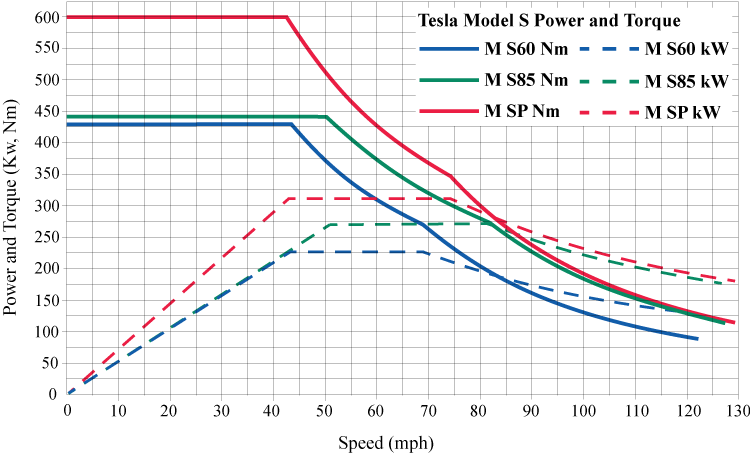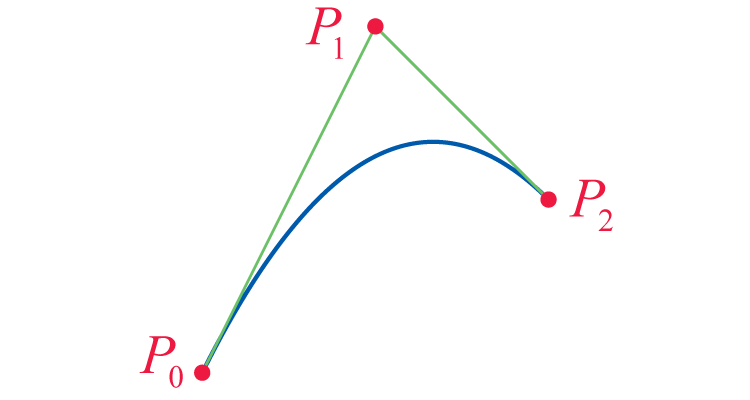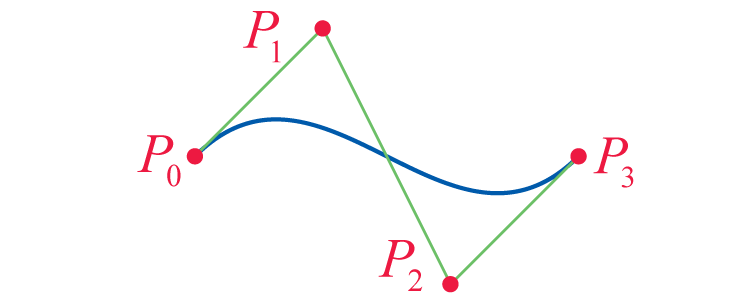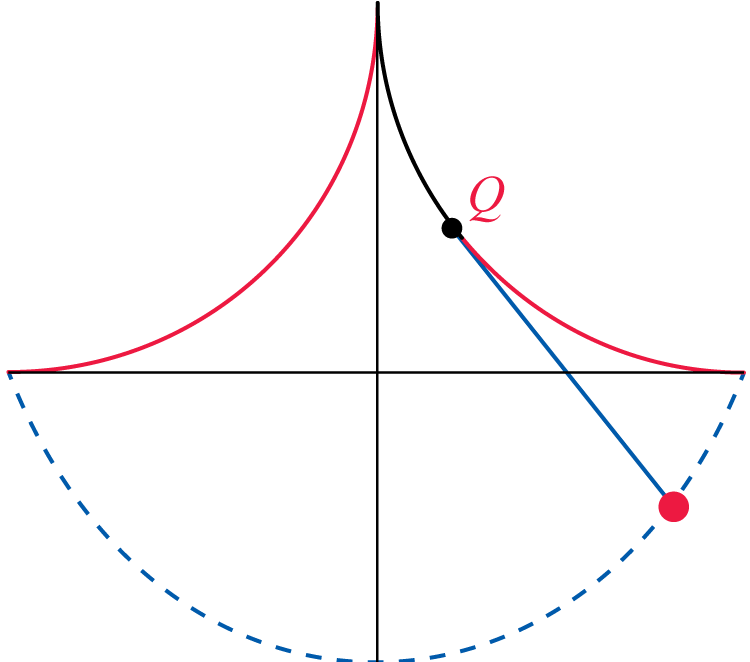Minding the Hole in the Ozone Layer
As time goes on, there is increasing awareness, controversy, and legislation regarding the ozone layer and other environmental issues. The hole in the ozone layer over the South Pole disappears and reappears in a cyclical manner annually. Suppose that over a particular stretch of time the hole is assumed to be circular with a radius growing at a constant rate of 2.6 kilometers per hour.

Source: NASA
-
Assuming that t is measured in hours, that corresponds to the start of the annual growth of the hole, and that the radius of the hole is initially , write the radius as a function of time, t. Denote this function by .
-
Use function composition to write the area of the hole as a function of time, t. Denote this function by . Sketch the graph of and label the axes appropriately.
-
After finding , the area of the ozone hole at the end of the first hour, determine the time necessary for this area to double. How much additional time does it take to reach three times the initial area?
-
Are the two time intervals you found in Question 3 equal? If not, which one is greater? Explain your finding. (Use a comparison of some basic functions discussed in Section 1.2 in your explanation.)
-
What are the radius and area after hours? After hours?
-
What is the average rate of change of the area from hours to hours?
-
What is the average rate of change of the area from hours to hours?
-
Is the average rate of change of the area increasing or decreasing as time passes?
-
What flaws do you see with this model? Can you think of a better approach to modeling the growth of the ozone hole?

